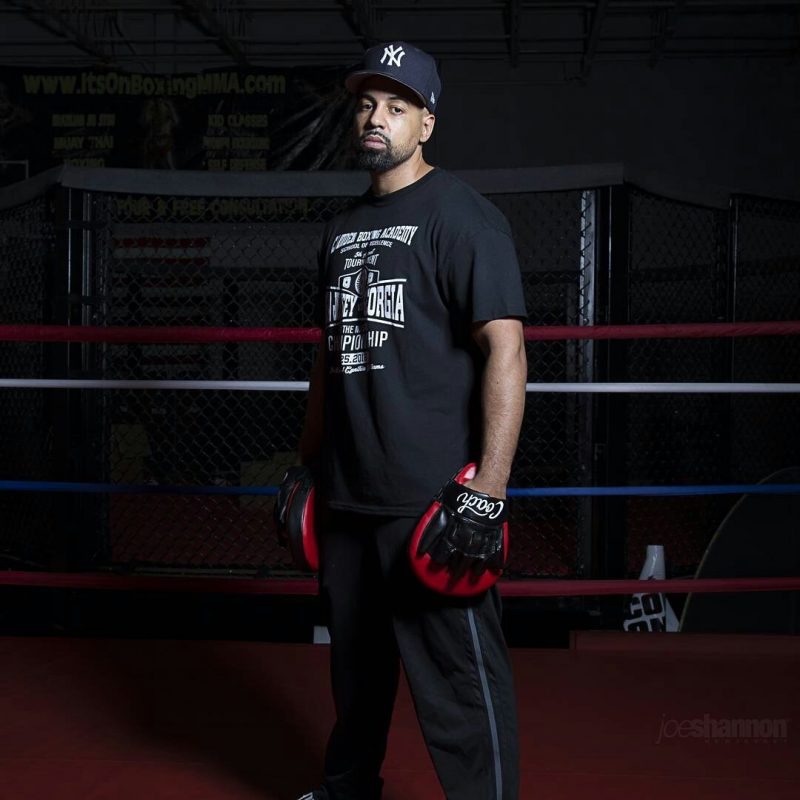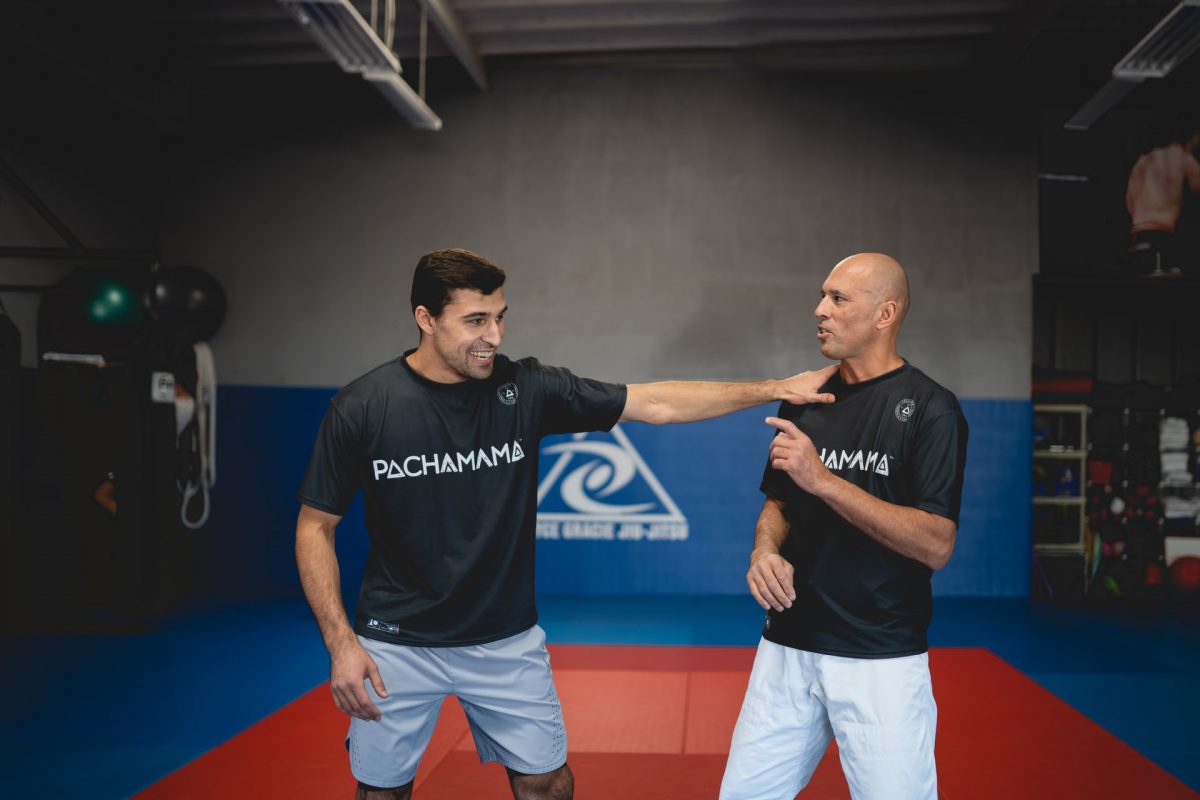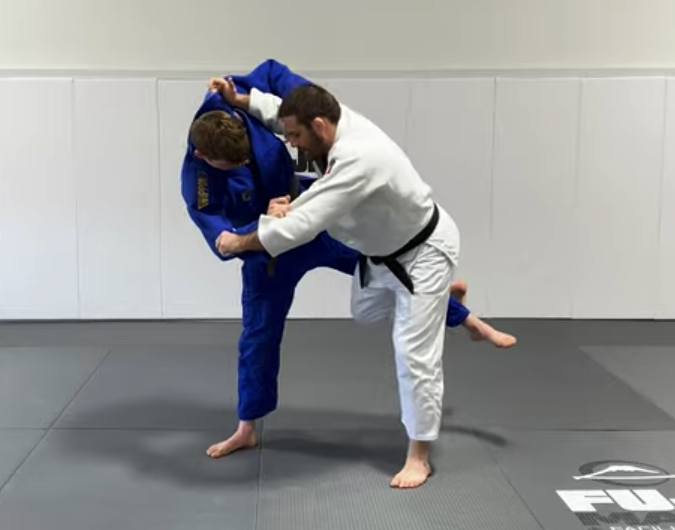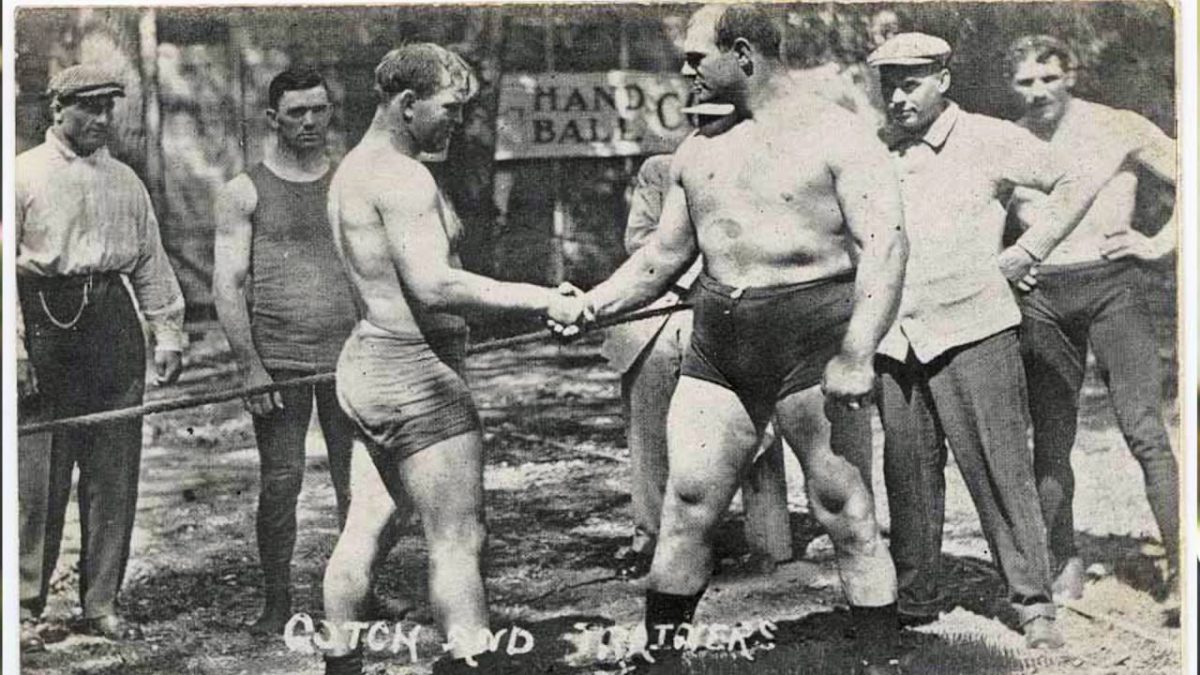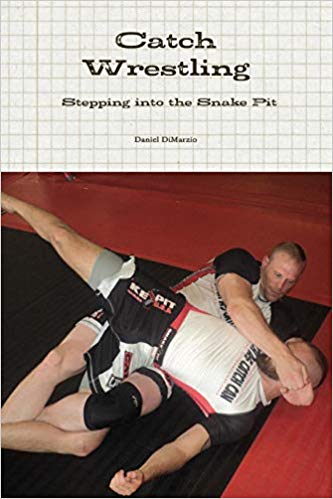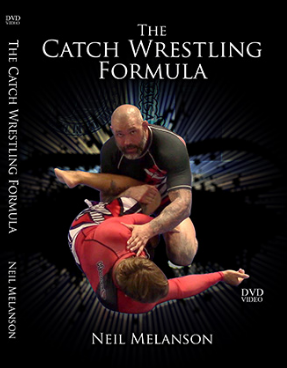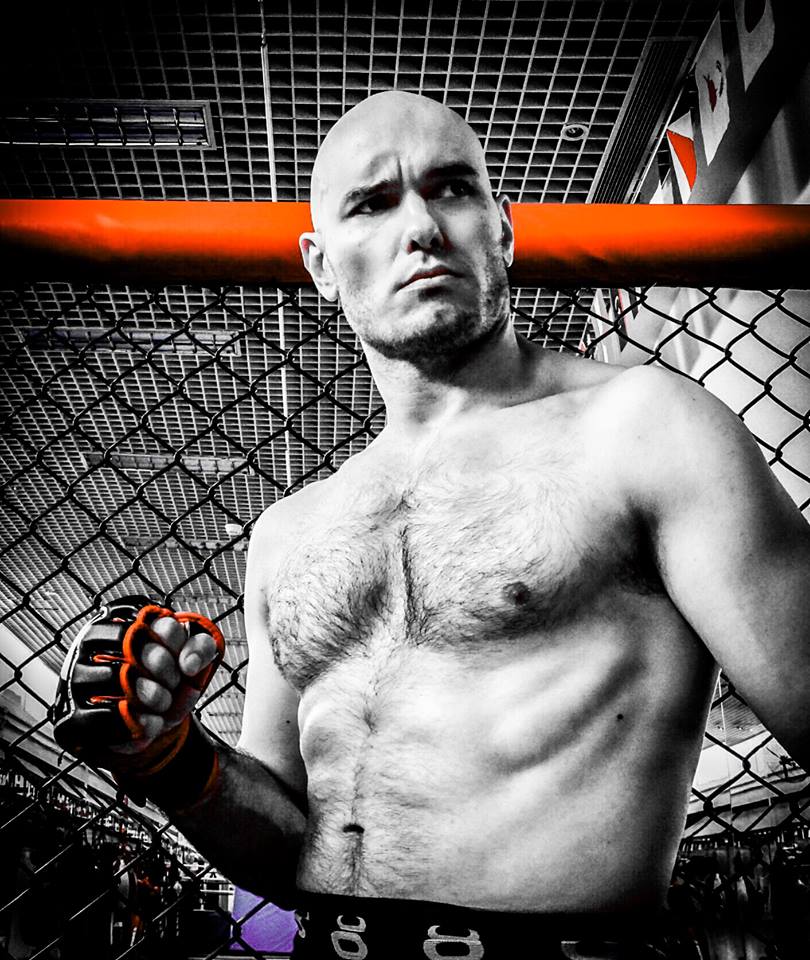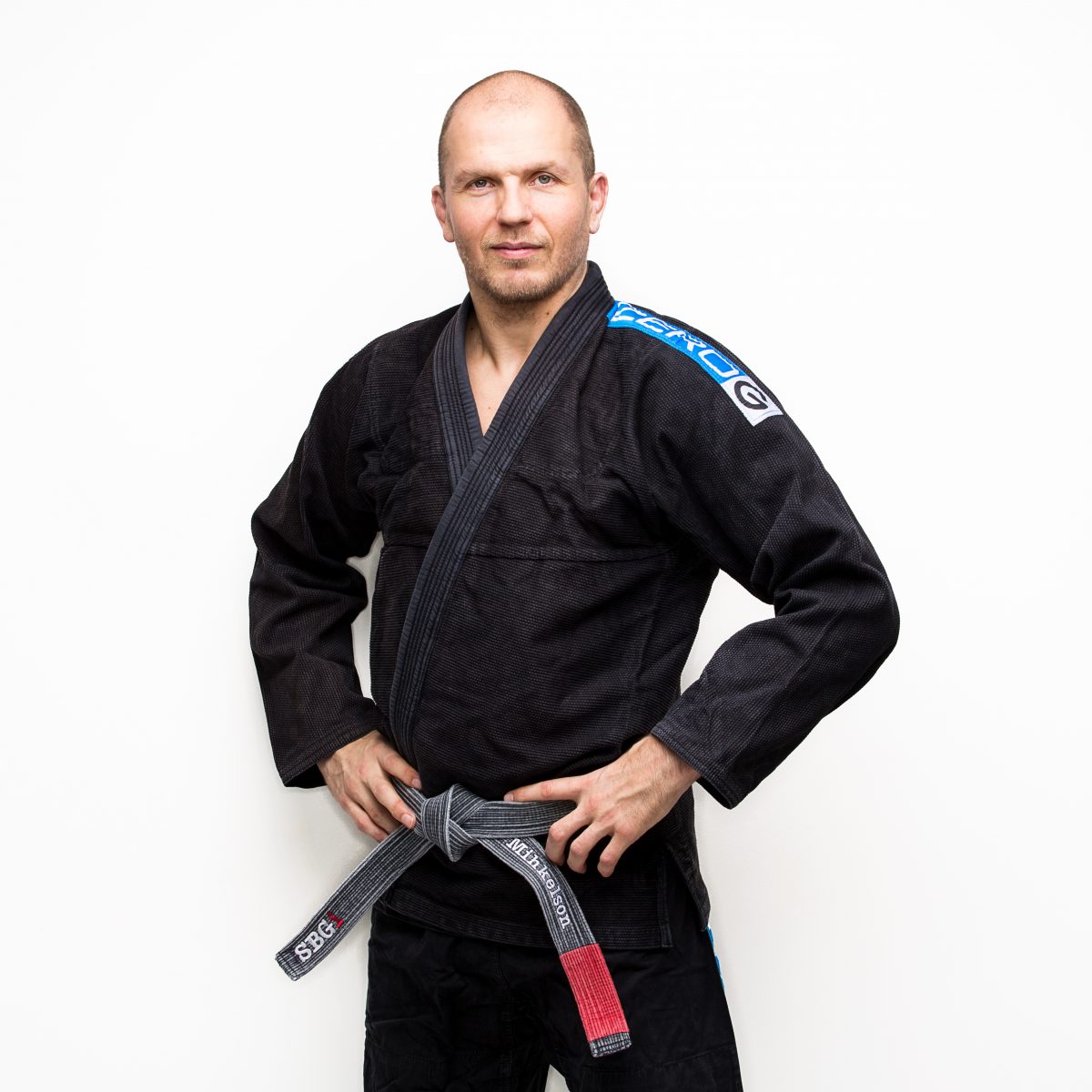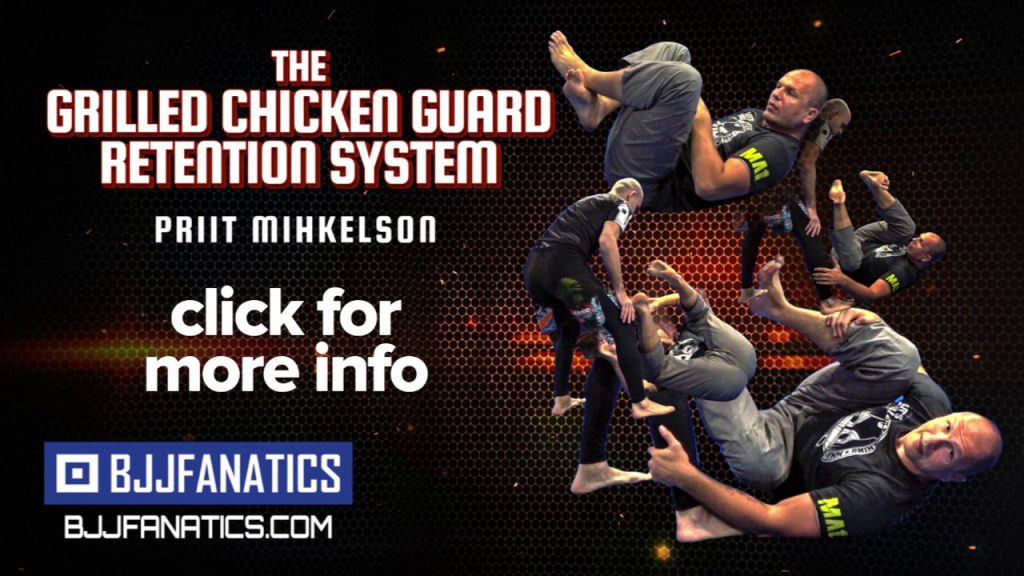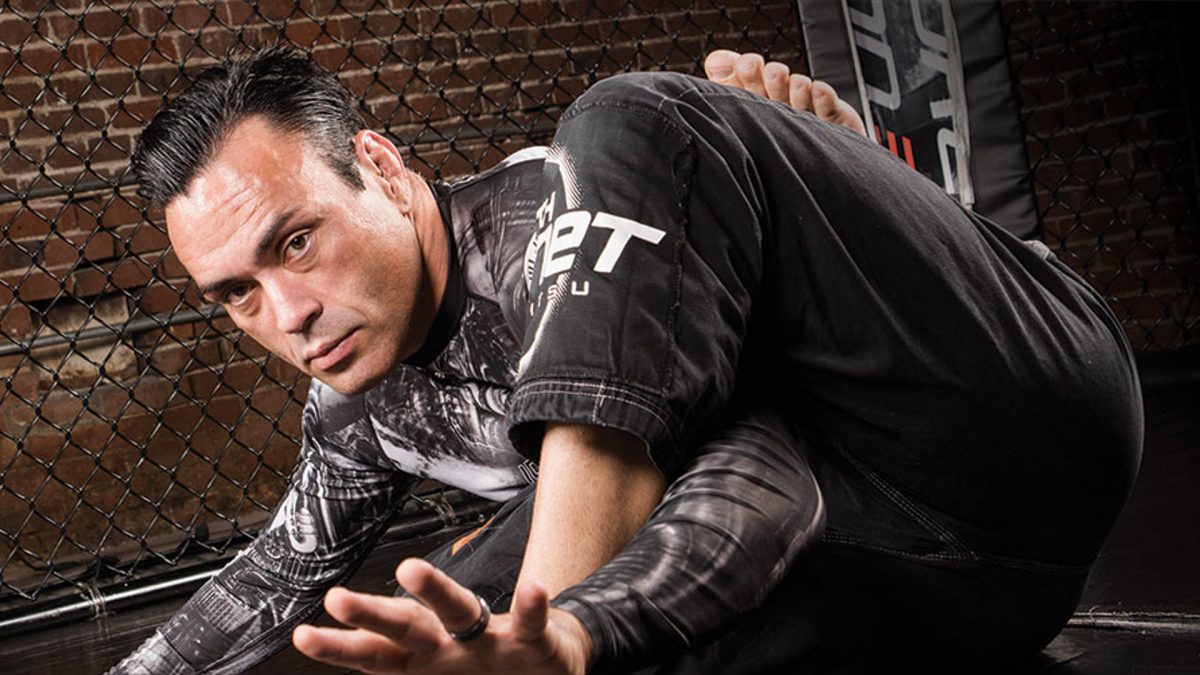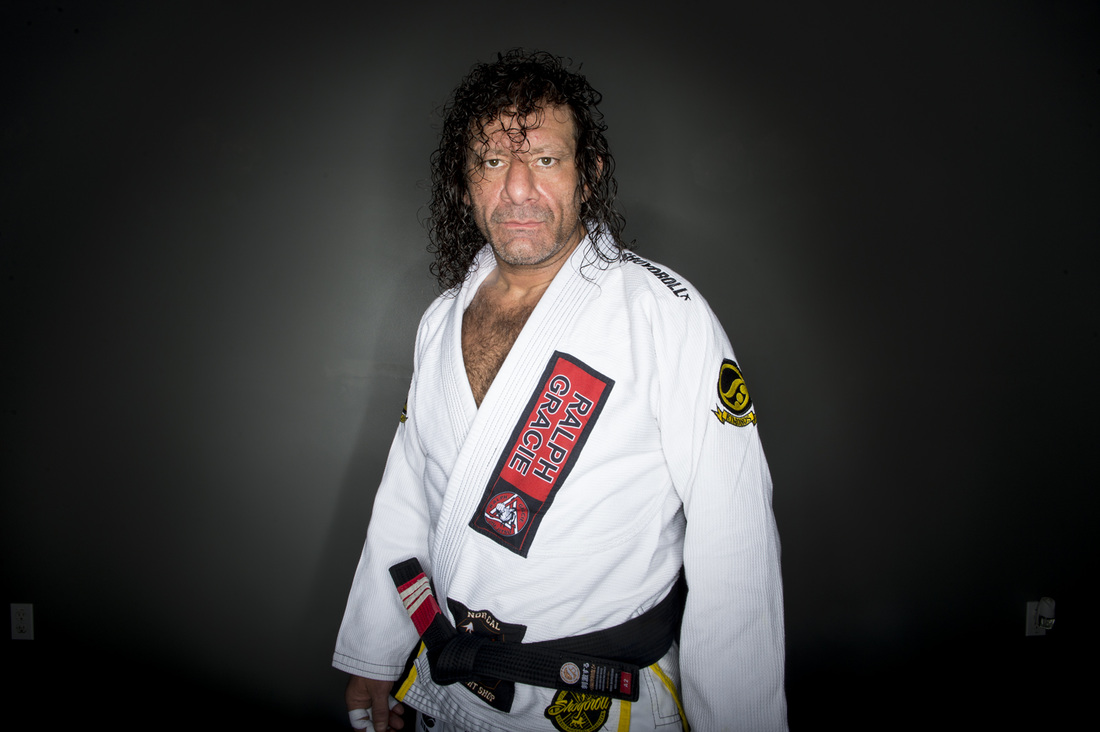
Category: Instruction
Quarantine Conditioning: Shadowboxing and Heavy Bag Workouts
Now that we’re into the winter months COVID cases are ramping up in most places. The pandemic continues to make training difficult for most people. If you’re having trouble getting any jiu jitsu training in, and are looking for workouts to keep yourself in shape, have you looked into getting a heavy bag?
Benefits of Heavy Bag Workouts
We all know how difficult it is to get a cardio workout that carries over to jiu jitsu without actually rolling, but engaging in a heavy bag workout can help cross that bridge. This isn’t an article covering top-game drills for the heavy bag, those are of course very beneficial. Rather this article will discuss boxing workouts to help increase your cardio and endurance for jiu jitsu.
Heavy bags offer numerous benefits:
- Enhance aerobic fitness in a way similar to rolling. More steady-stream methods of cardio like running lead to a consistence cadence with steady breathing. Conversely, training on a heavy bag causes rapid and varied breathing, similar to a fight
- Improves arm and shoulder strength and endurance. This will help to strengthen your yoke and help your frames for jiu jitsu
- You’ll learn timing, and how to properly throw a punch
- Your hands will get stronger from multiple repetitions of hitting the bag. You will develop “heavy hands”
- You’ll develop good leg/hip mechanics if you perform proper footwork
Are Martial Arts Instructionals Worth It?
Are Martial Arts Instructionals Worth It?
We’ve all been there. Surfing the internet looking to find a new technique for a martial art. Then, we run across a DVD advertisement or video that claims it will make us the best martial artist that ever lived. The instructor promises to show us all his or her secrets. Too good to be true?
Maybe, but it depends…
Instructional videos offer a lot, but do they deliver? When should you try one? When should you stay clear?
The last thing you want is to add a(nother) DVD to your shelf that will simply collect dust, or even worse, make you a bad martial artist.
Let’s take a look at how martial arts instructionals can aid your development and make you a better martial artist.
Reasons to learn a martial art from instructional videos
There is no shame from learning from a video. In fact, there are some pretty good reasons you might want to learn this way.
You might learn from an instructional because access to your desired art is limited in your particular area. Likewise, your schedule might not permit regular training when classes are available locally. In these situations, video instruction might be the next best available option for you.
For many people, a DVD instructional is simply a good way to learn a new technique or supplement their training when they are away from the dojo. While the COVID pandemic forced everyone to start training from home, sometimes injuries or life prevent us from training too. In these cases, a DVD can keep your mind in the game while you are unable to train.
How to evaluate a martial arts DVD.
When you are looking for a DVD to learn a martial art it can be hard to sort through the good from the bad. It is important that you evaluate an instructional to determine if it is appropriate for your needs.
For instance, if you are looking to buy BJJ DVDs, you should first look at the instructor’s background and pedigree. Second, has the instructional been reviewed online or in magazines? The production date is also important as modern jiu jitsu instructionals tend to have much better production quality than older ones. As a general rule of thumb, any instructional produced before 2000 is probably not worth watching, unless there is some historical or other notable reason to watch it.
There are so many bad instructionals with good marketing. Do not get fooled.
The final analysis requires you to use good judgement. Do not fall into the marketing hype.
Continue reading “Are Martial Arts Instructionals Worth It?”Secret Judo Skills For Jujitsu Situations – Travis Stevens Judo Techniques
This video popped up on my YouTube feed today. Steven starts off the video with a great point where he is talking about what the best throw is for a transition to the ground for BJJ. His point is that it depends on what kind of a player you are. Depending on if you are more comfortable playing top position vs bottom will dictate what kind of throws you’d use to get you to that position.
He also talks about the degree of physical exertion and conditioning that is required to really throw someone. As he says, you’re trying to throw someone 180lbs (or more) who is fighting the whole time to not land on their back. This requires a ton of effort.
The setup that he uses in this vid is an Uchi Mata to a foot sweep to an ankle pick. It’s not only a nice combination, in my opinion a foot sweep is less physically exhausting than a throw, single leg or double leg take down. The combination he shows here is nice in that it leads your partner down a path where they have to give up the foot sweep if you do it right. This takedown finishes with you in a good top position.
The second takedown he shows will land you in an advantageous guard position in the event that the takedown doesn’t work. He calls it a “safe guard pull that could potentially be a takedown”.
Check it out:
Catch Wrestling: Countering De La Riva with Leg Locks
Catch wrestling is a brutal combat style of grappling developed in England during the 1870’s. It was used by laborers and dock workers to pass the time at work, and picked up by sailors who traveled the world, collecting techniques which helped to grow the style. It has roots in various wrestling styles including Irish Collar and Elbow wrestling, and is also known as “Catch-as-Catch-Can”. Catch-as-Catch-Can refers to the way that catch wrestlers will attempt to grab any submission available. This approach to submission hunting differs from the typical jiu jitsu approach, in that a jiu jitsu practitioner typically aims to establish control prior to hunting for submissions, while a catch wrestler’s approach is to explosively grab for submissions from any position. This approach can take other wrestling styles off guard, and open up opportunities for other submission attempts based off the reaction of their opponent in these attempts.
Catch wrestling found it’s way to America where it was used in carnivals as a type of entertainment combat sport, and today professional wrestling tips it hat to catch wrestling. In Brazil during the heyday of Vale Tudo Catch Wrestling was used effectively by Luta Livre fighters against jiu jitsu fighters. Catch wrestling emphasizes inflicting pain and pressure on a fighter’s opponent to cause them to move in a way that the catch wrestler can take advantage of. Kazushi Sakuraba famously used his catch style to defeat Royce, Royler and Renzo Gracie.
Neil Melanson is a huge proponent of Catch wrestling, and I’ve written about his instructional material here before. His approach to grappling is novel if you come from a pure jiu jitsu background, and well worth checking out.
Today one of my team mates sent me the video below from the Snake Pit. Here we see how to counter the De La Riva with leg locks. There is a nice heel hook and toe hold available when you’re stuck in a De La Riva guard. After seeing the techniques in this video I was struck by the simplicity of the submissions, and was surprised at how obvious they were as options, and also how I had failed to see them in spite of the many times I’ve been caught in De La Riva.
Check out the video below to learn more:
Ramsey Dewey Teaches How To Choke Through The Chin
Ramsey Dewey shows variations of the rear naked choke in this video. He talks about why it’s a bad idea to tuck your chin to defend a rear naked choke, and shows how a well connected choke can dislocate a jaw and still choke someone in the process.
I especially like the one armed choke variations he shows in this video. I’ve been giving up on the RNC lately because I can’t seem to get it. My partners will tuck their chins or fight for wrist control and I haven’t been able to get past that. Looking forward to trying some of this next class.
Priit Mihkelson – The Mother of All Stack Passes
Priit Mihkelson is a black belt from Estonia who trained under SBG found Matt Thornton, and a member of the Brazilian Jiu Jitsu Globetrotters. I just found out about him last week when a friend that I train with sent me one of his videos. Since then I’ve traveled down the rabbit hole with Mihkelson’s material. His approach to jiu jitsu is very scientific, and from the videos I’ve seen he challenges some of the conventions that we’ve come to know in jiu jitsu.
The video below is a perfect example of challenging conventions. The guard break that he shows is essentially a stack pass. He says that we should sit in guard with “active toes” rather than flat feet (I think he’s calling flat feet “seal feet” in the video). His contention is that we should be on our toes, and pressuring down towards our partner so that we can react to things better. He’s not against posturing back, or standing up, but says we should also explore posturing into our opponent when we’re stuck in closed guard.
I’ve tried this pass a couple of times at class this week, I was able to put some pressure on my partners that they weren’t expecting, but I couldn’t quite get the legs to open to pass the closed guard. I’ve since re-watched this video and noticed that I didn’t have the correct angle. I took better notes, and will give this a try in the next class.
He’s also got a few videos for sale at BJJ Fanatics, which I’m looking forward to getting as some point. This one in particular I’m interested in:
How To Never Get Your BJJ Guard Passed by Xande Ribeiro
Bernardo Faria just released this video with Xande Ribeiro on guard retention. Ribeiro hasn’t had his guard passed in competition since 2005. That’s 14 years of matches without a single guard pass from his opponents. Amazing.
He talks a little about how he uses his frames to get into a “geometrical position” that allows him to extend pressure into his opponent. He calls this the “Diamond Concept”. I have to study this more, but it seems that there are two factors at play. One is always connecting your elbows and your knees to create frames. The second is to extend yourself away from your opponent using those frames so you can recompose guard.
In this video Faria mentions that there is a video coming out by Ribeiro and it sounds like it’s going to be released at BJJ Fanatics. I’m looking forward to seeing that. My wife bought me Saulo Ribeiro’s book a while back, and it’s got great information. I’m sure Xande’s video will be the same.
Eddie Bravo: Rubber Guard to Mount Walkthrough
I’ve been playing with the rubber guard lately. I like how it frees your hands up when you’re using a closed guard. Seems to make it easier to get submissions going that way. And having one of your legs in the high guard makes slipping into triangles and omoplatas really smooth if you can get them.
This video has some great details. Eddie Bravo walks through a few of the control points of the rubber guard like the “double bag”.
Kurt Osiander: Kata Guruma
We worked on this throw a few weeks ago. I was having trouble getting the angle right for the end of the throw. After watching this video a few times I think I see what I was doing wrong. I was trying to throw backwards, but Osiander emphasizes laying to your side at the end of the throw. Will have to continue to work on this one.

